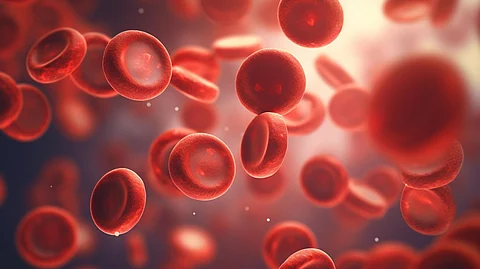Computational simulations indicated that the magnetic field enhanced blood flow by approximately 17%, 30%, and 60% in mildly, moderately, and severely blocked arteries, respectively. Stronger magnetic fields contributed to smoother blood flow. In cases of severe arterial narrowing, aligning the magnetic field with blood flow helped reduce pressure near the blockage. However, pressure fluctuations can create increased shear stress on arterial plaque, raising the risk of rupture. The study found that magnetic forces stabilized blood flow and pressure across all types of arterial narrowing, thereby reducing the risk of plaque rupture.
The findings of this study offer promising applications for treating hypertension. By demonstrating how magnetic fields influence blood flow, pressure, and wall shear stress, the research highlights the potential for innovative cardiovascular treatments. These insights could contribute to better blood pressure management and help prevent damage to arterial walls. Additionally, the study underscores the role of magnets in improving patient care and advancing drug delivery technologies.
The researchers emphasize the need for further studies, including enhanced models to better understand the flexibility and shear stress of actual artery walls. Continued research in this area could lead to significant advancements in non-invasive cardiovascular treatments.


